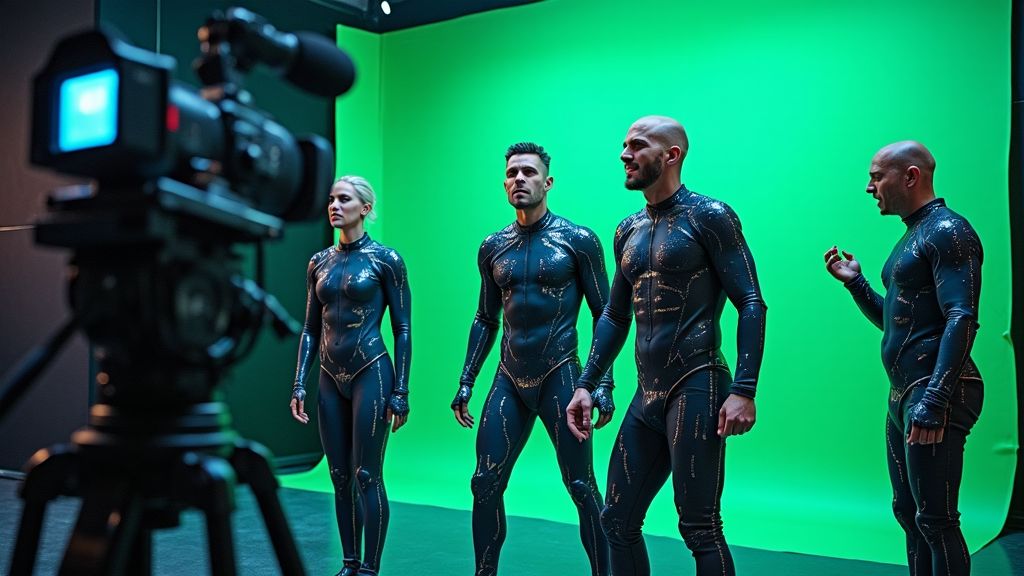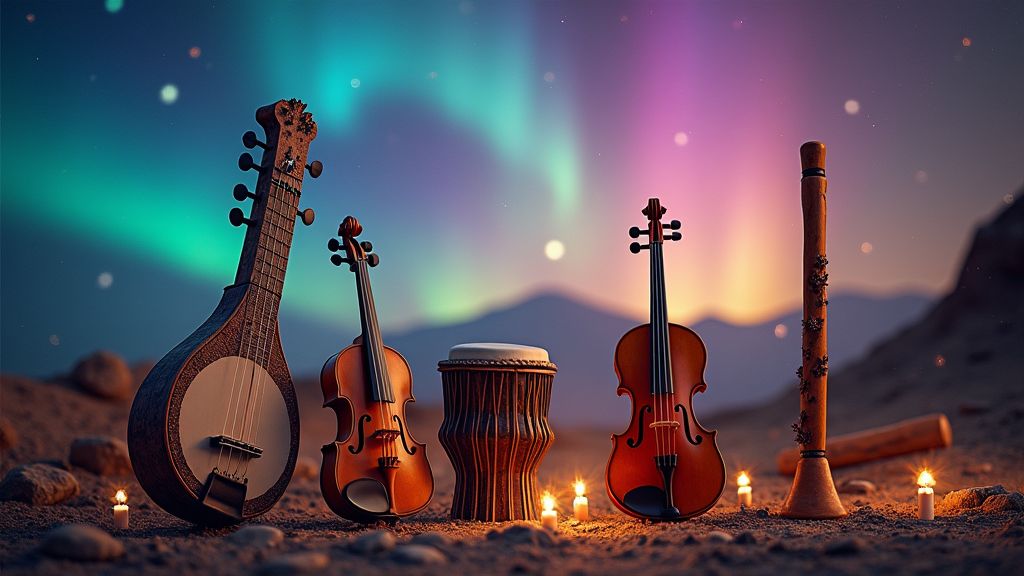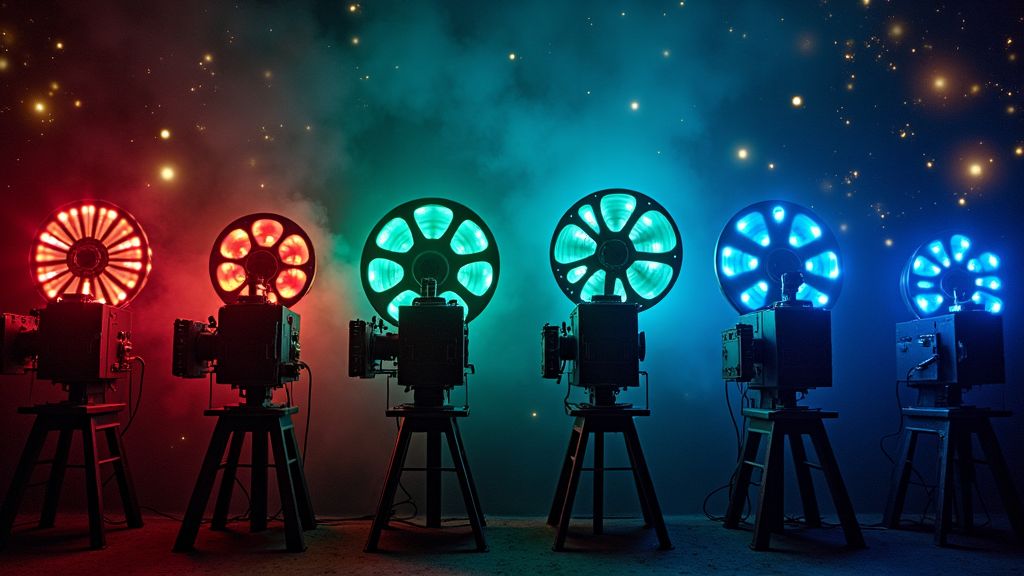The Role of Motion Capture in Modern Film Production
Lights, camera, action – these are the words that typically come to mind when we think of the film industry. However, behind the scenes, there is a fascinating technology that plays a crucial role in bringing our favorite movies to life: motion capture. This innovative technique has revolutionized the way films are made, allowing filmmakers to create stunning visual effects and realistic animations that were once thought impossible. Join us as we explore the history, process, and significance of motion capture in modern film production.
A Brief History of Motion Capture
Motion capture, also known as mocap, has a history that dates back to the early 20th century. The roots of this technology can be traced back to the 1915 film ‘The Lost World,’ in which Willis O’Brien used stop-motion animation to bring dinosaurs to life. Over the years, motion capture technology evolved, with significant advancements made in the 1970s and 1980s. However, it wasn’t until the 1990s that motion capture truly took off, thanks to the pioneering work of filmmakers like James Cameron and Peter Jackson.
The Process of Motion Capture
In essence, motion capture involves recording the movements of actors or objects and using that data to animate digital characters or objects. The process begins with actors wearing special suits that are fitted with sensors. These sensors track the movements of the actors in real-time, capturing every gesture, expression, and nuance. The data is then transferred to a computer, where it is used to create lifelike animations that can be integrated into a film.
The Significance of Motion Capture
Motion capture has revolutionized the film industry in numerous ways. Not only has it made it possible to create realistic and seamless visual effects, but it has also opened up new creative possibilities for filmmakers. With motion capture, filmmakers can bring fantastical creatures to life, recreate historical events with stunning accuracy, and push the boundaries of storytelling. In addition, motion capture has made it easier for actors to portray non-human characters, allowing for greater flexibility and diversity in casting.
Photographing the Mocap Process
Capturing the motion capture process through photography offers a unique glimpse into the technology and artistry behind the scenes. Images of actors in specialized mocap suits, covered in sensors and performing in a minimalistic setting, highlight the contrast between the raw performance and the immersive digital world that audiences eventually see. These photographs tell a story of transformation, from physical gestures to digital creations, revealing the intricate work that goes into creating lifelike animations in modern films.
Showcasing Actor Transformations
Photography plays a crucial role in documenting the transformative journey actors undergo in motion capture. Through side-by-side shots of actors in mocap suits and their fully animated counterparts, photographers capture the dedication actors bring to embodying characters beyond their human form. These images offer fans a deeper appreciation for the skill required to act without traditional costumes, props, or settings, demonstrating the actors’ adaptability and immersion in their roles.
Highlighting Technical Precision
Behind every mocap performance lies a team of technicians who ensure each movement is captured with precision. Photos of these technicians at work, calibrating sensors, setting up equipment, and adjusting lighting, highlight the complexity and collaboration involved in creating seamless motion capture sequences. These images not only showcase the technical prowess required but also underscore the teamwork that brings iconic scenes to life in movies like ‘Avatar’ and ‘The Lord of the Rings.’
Creating a Visual Record for Future Innovations
Documenting motion capture through photography also serves as a valuable visual record of technological progress. As mocap technology continues to evolve, these photos capture key moments in its development, preserving insights into techniques and tools used in each era. These images become part of the history of filmmaking, providing future generations with a reference for how the art of mocap has advanced and inspired new storytelling possibilities.
Capturing the Human Element in a Digital World
Ultimately, photographs of the motion capture process remind us of the human element at the heart of digital animation. By capturing actors’ emotions and movements on set, photographers reveal the essential role of human expression in creating believable and resonant digital characters. These photos bridge the gap between technology and emotion, showing that behind every animated creature or hero, there is a real person bringing them to life with skill and dedication.













